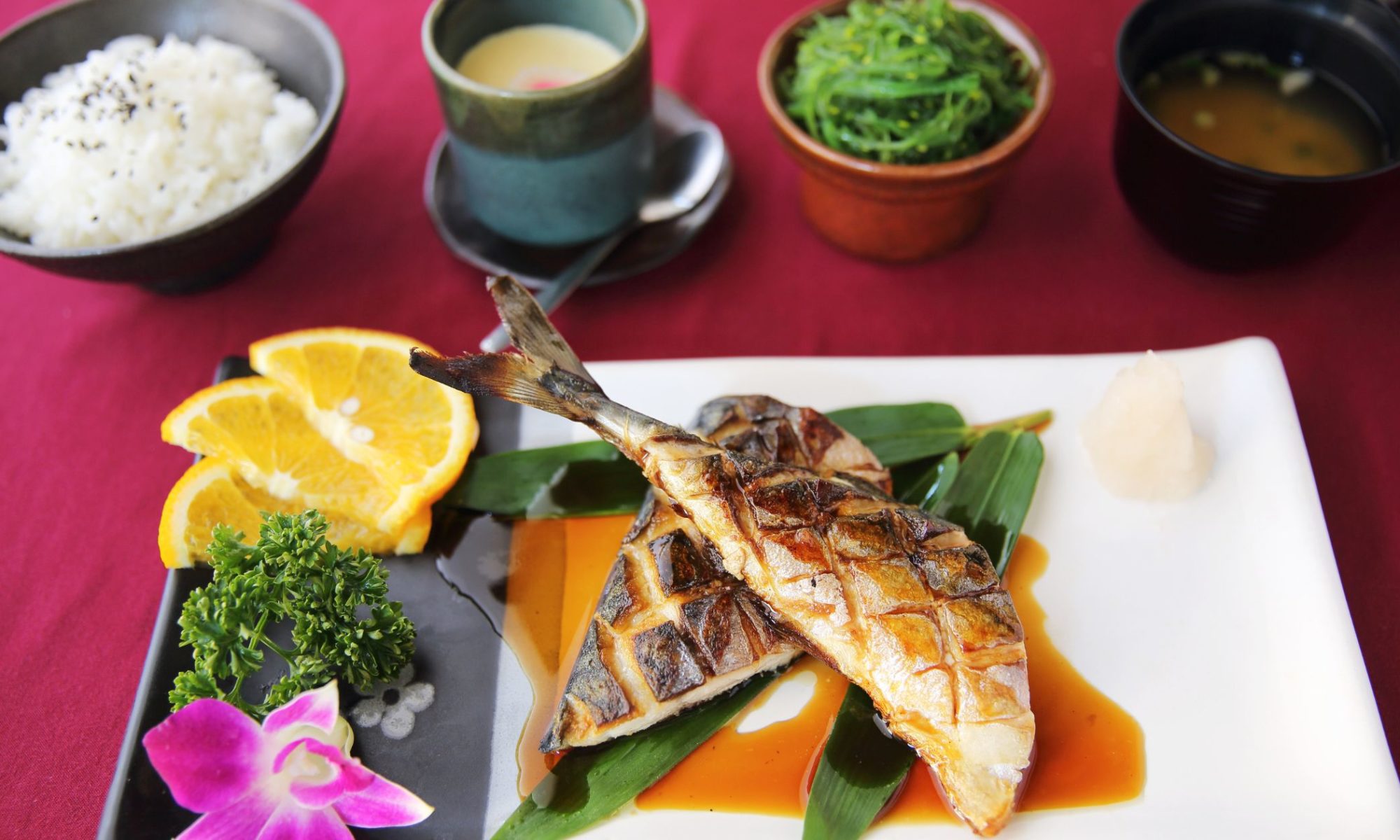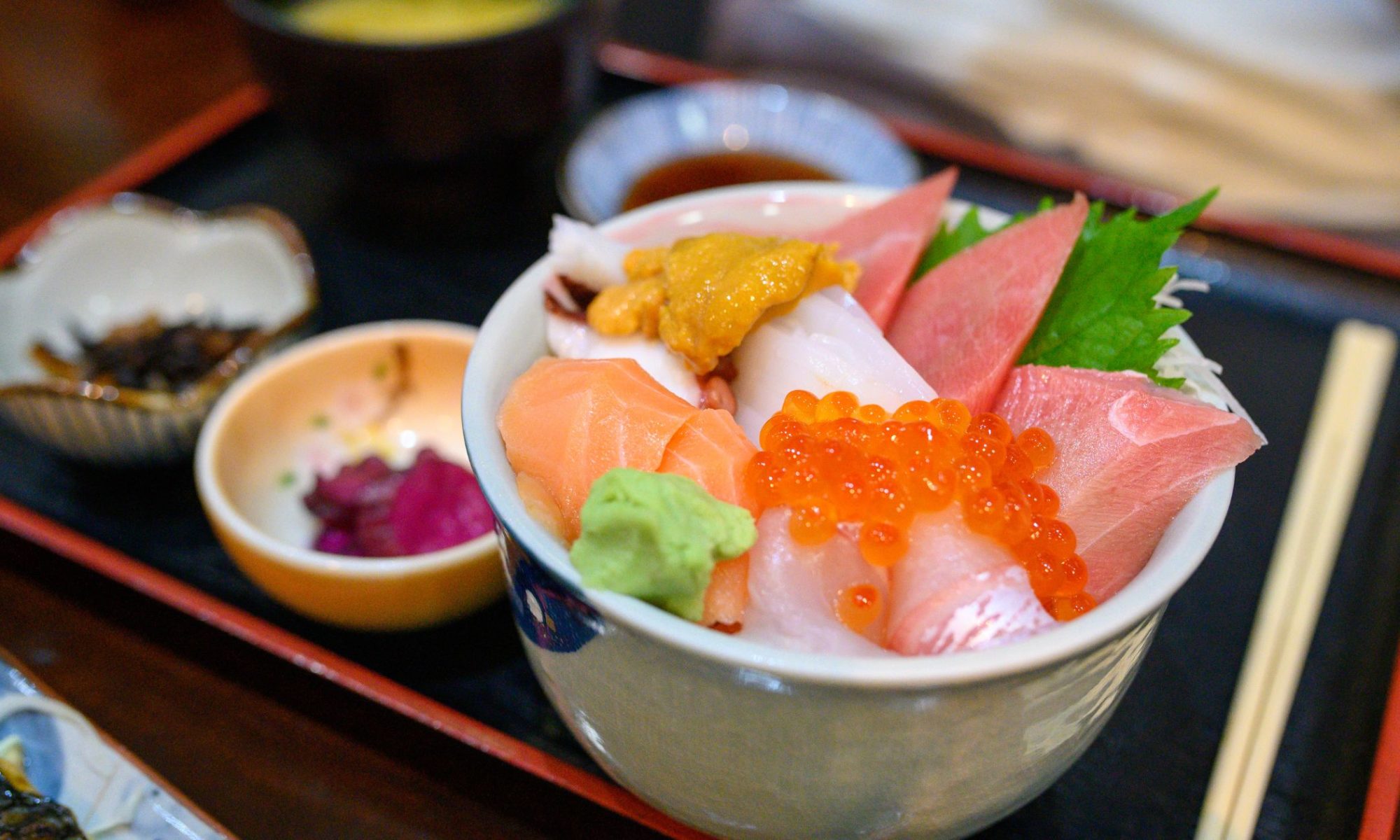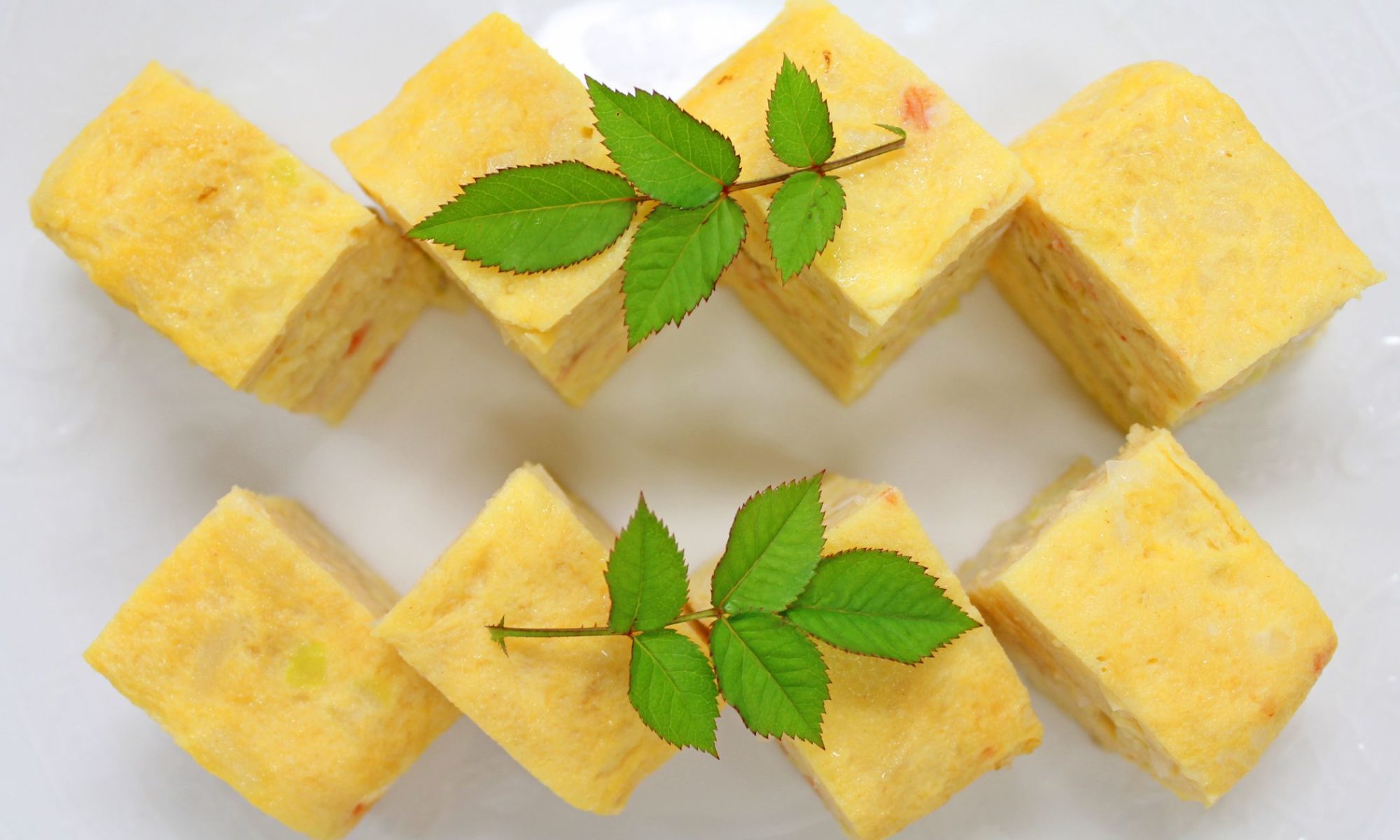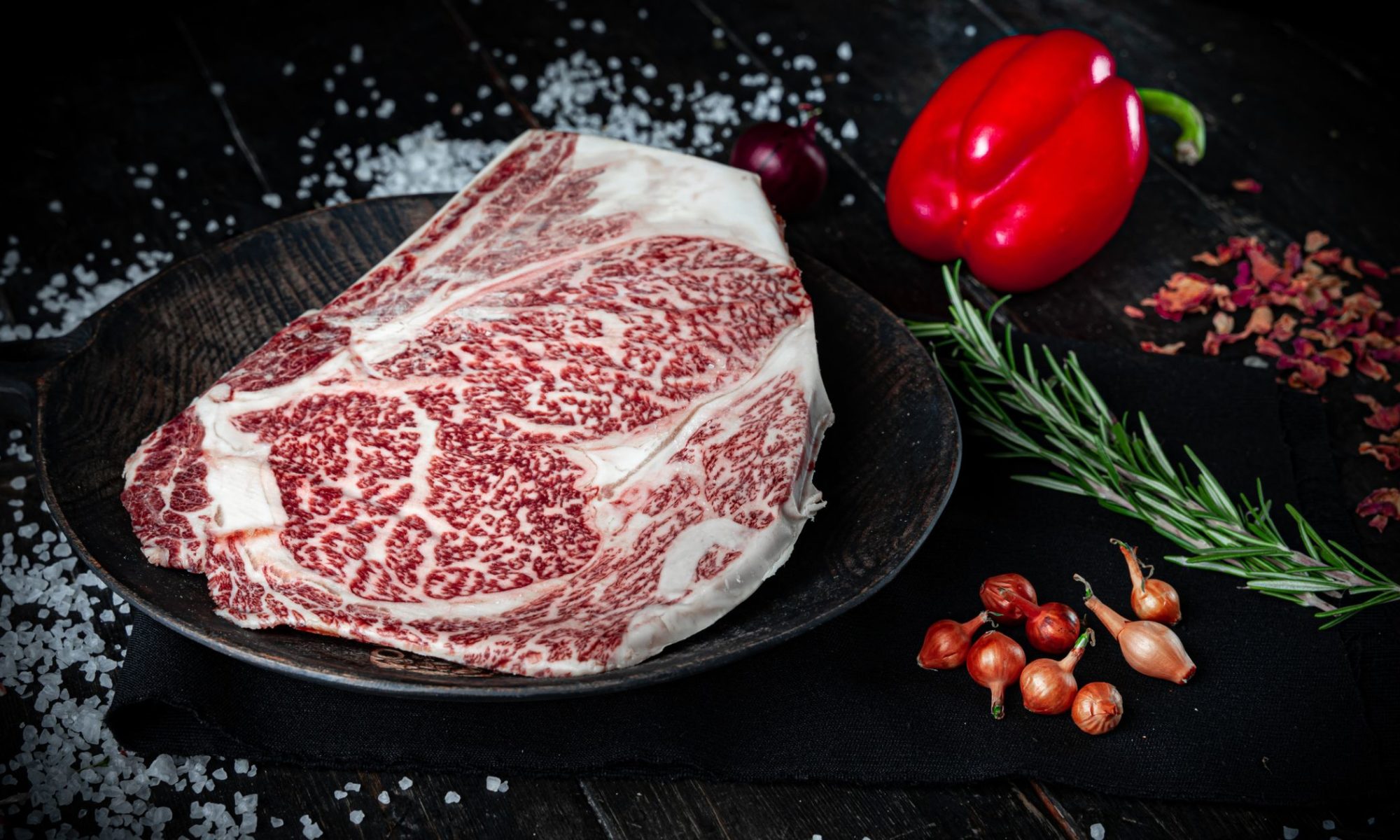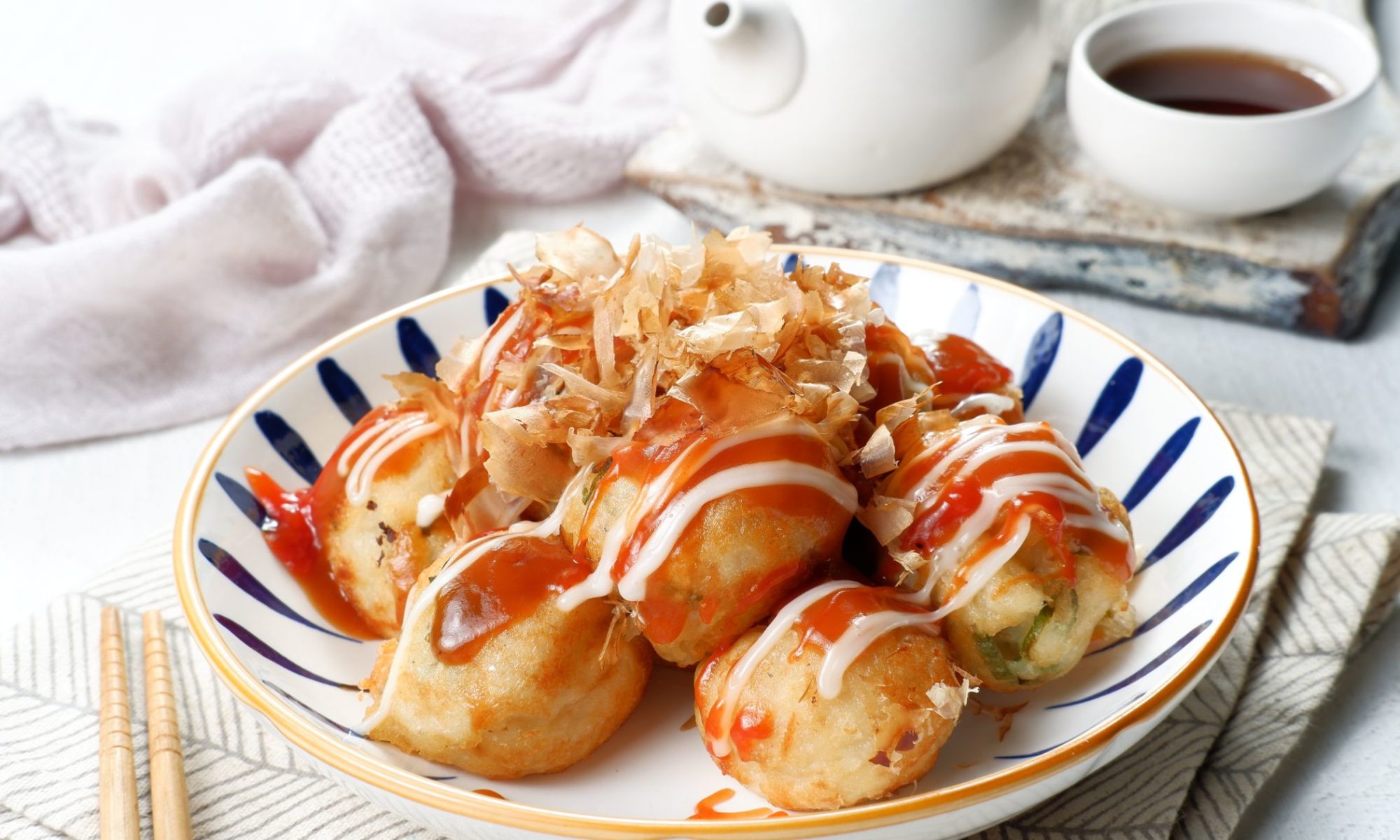The Japanese chirashi bowl, a vibrant mélange of sushi rice, fresh seafood, vegetables, and sometimes tropical fruits, stands as a testament to the elegance and diversity of Japan’s culinary arts. This dish, celebrated for its exquisite balance of flavors and textures, serves not just as a meal but as a canvas, showcasing the artistry of Japanese cuisine. Unlike sushi rolls or sashimi that command precision in form, chirashi sushi celebrates freedom in its assembly, making each bowl a unique expression of the ingredients’ natural beauty and the chef’s personal touch. Its appeal transcends borders, inviting food enthusiasts worldwide to explore the rich tapestry of flavors and traditions encapsulated in a single bowl.
History of Japanese Chirashi Bowl
Tracing the lineage of the chirashi bowl leads us back to the early Edo period (1603–1868) in Japan, where it began not just as a dish but as a culinary tradition. Chirashi, meaning “scattered,” refers to the artful spread of seafood and vegetables over sushi rice. This dish was born from a practical need for quick, nourishing meals among the bustling fish markets and busy streets of Edo (now Tokyo). Over time, it evolved into a refined culinary practice, embodying both the simplicity and complexity of Japanese cuisine.
As the chirashi bowl wove its way through the fabric of Japanese culinary history, regional variations emerged, each telling its own story of local flavors and seasonal offerings. In some areas, the dish became a colorful celebration of the sea’s bounty, featuring an array of raw fish and shellfish. In others, it took on a more reserved appearance, emphasizing pickled vegetables and tamagoyaki (Japanese omelette) alongside a modest serving of seafood. These variations not only highlight the versatility of the chirashi bowl but also reflect the deep connection between Japanese cuisine and the natural world.
Today, the chirashi bowl remains a beloved fixture in Japanese dining, enjoyed in homes and restaurants alike for its delightful combination of taste, texture, and color. Its history is a testament to the enduring appeal of Japanese cuisine, inviting us to explore a world where food is more than sustenance—it’s an art form.
What is a Chirashi Bowl?
At its core, the chirashi bowl is a celebration of simplicity and elegance, embodying the Japanese aesthetic of wabi-sabi, which finds beauty in imperfection and transience. Chirashi, meaning “scattered”, is aptly named for its presentation of ingredients casually strewn over sushi rice. This dish is as much a feast for the eyes as it is for the palate, with its vibrant array of colors and textures.
The foundation of any chirashi bowl is sushi rice, seasoned with a blend of vinegar, sugar, and salt, offering a subtle sweetness that complements the freshness of the toppings. Atop this bed of rice, a variety of ingredients take the stage, including slices of fresh sashimi such as salmon, tuna, and yellowtail, along with tamagoyaki (sweet egg omelet), cucumber strips, and avocado. Garnishes like sesame seeds, nori (seaweed), and ikura (salmon roe) add the final touches, bringing contrast and a burst of flavor.
Chirashi bowls serve not just as a meal but as an expression of the seasons, with chefs selecting ingredients that reflect the freshest produce and seafood available. This approach ensures that no two chirashi bowls are exactly alike, with each chef bringing their own interpretation to this traditional dish.
Key Ingredients and Variations
The beauty of the chirashi bowl lies in its versatility, allowing for an endless variety of ingredients tailored to the season, occasion, or individual preference. Common staples include:
Sushi Rice: The soul of the dish, it’s seasoned with a mixture of vinegar, sugar, and sometimes a touch of salt, creating a sticky and flavorful base.
Sashimi-Grade Fish: Thinly sliced raw fish such as tuna, salmon, and yellowtail are classics. However, octopus, scallops, and shrimp are also popular choices.
Vegetables: Thinly sliced cucumber, shiso leaves, and avocado are common, offering a refreshing crunch and creaminess.
Garnishes: Sesame seeds, shredded nori, wasabi, and pickled ginger add flavor, texture, and color contrasts. Ikura (salmon roe) and tobiko (flying fish roe) introduce a delightful pop and saltiness.
Regional and seasonal variations of chirashi bowl are a testament to Japan’s rich culinary diversity. For instance, in some areas, local seafood delicacies take center stage, reflecting the catch of the day. Meanwhile, during special occasions such as Hinamatsuri (Girl’s Day), chirashi bowls might feature more colorful ingredients like pink denbu (seasoned fish flakes) and green peas, symbolizing health and happiness.
Fusion variations have also emerged, incorporating non-traditional ingredients like quinoa instead of sushi rice, or toppings like spicy mayo and teriyaki sauce. These modern takes cater to a global palate while maintaining the essence of chirashi’s harmonious blend of flavors and textures.
In crafting a chirashi bowl, the possibilities are as boundless as one’s creativity, making it a deeply personal and universally beloved dish.
How to Make a Japanese Chirashi Bowl
Creating a chirashi bowl at home is an exercise in simplicity and improvisation, making it accessible to chefs of all levels. The key to a successful chirashi bowl lies in the quality of its ingredients and the care taken in its assembly.
Preparing the Sushi Rice: Start by cooking short-grain Japanese rice. Once cooked, gently fold in a mixture of rice vinegar, sugar, and a pinch of salt while the rice is still warm. The goal is to achieve a balance of sweetness, tanginess, and a hint of saltiness that will complement the freshness of the toppings. Allow the rice to cool to room temperature before assembling the bowl.
Selecting the Fish: Opt for the freshest sashimi-grade fish you can find. Salmon, tuna, and yellowtail are classic choices, but feel free to include scallops, shrimp, or any other seafood you prefer. Slice the fish thinly and arrange it atop the rice in a pleasing manner.
Adding Vegetables and Garnishes: Cucumber, avocado, and shiso leaves add a refreshing crunch and herbal note to the dish. For garnishes, consider using ikura (salmon roe), tobiko (flying fish roe), thinly sliced nori, and sesame seeds for extra flavor and texture.
Assembly: Begin with a bowl of sushi rice, then artfully arrange your chosen ingredients on top. There’s no right or wrong way to do this—chirashi bowls are as much about personal expression as they are about taste.
A chirashi bowl can be customized to suit any dietary preference, making it a versatile dish for any occasion. Whether you’re a sushi aficionado or new to Japanese cuisine, making a chirashi bowl is a delightful way to explore the flavors and aesthetics of Japan.
The Art of Presentation
In Japanese cuisine, presentation is nearly as important as taste. The chirashi bowl, with its array of colors, textures, and shapes, offers a perfect canvas for culinary artistry. Here are some tips to elevate the visual appeal of your chirashi bowl:
Color Balance: Aim for a variety of colors to make the bowl visually appealing. The vibrant pink of tuna, the rich orange of salmon, the deep green of avocado, and the bright yellow of tamagoyaki can create a stunning visual contrast against the white rice.
Texture Contrast: Combine ingredients with different textures to add depth to the dish. The creaminess of avocado, the crunchiness of cucumber, and the softness of fish provide a delightful sensory experience.
Symmetry and Asymmetry: While some chefs prefer a symmetrical arrangement for its pleasing aesthetics, others opt for an asymmetrical design to create a more dynamic and natural look. Both approaches can result in a beautiful dish.
Garnishes: Use garnishes not just for flavor, but also to add small pops of color and texture. Sprinkles of sesame seeds, strips of nori, and dollops of wasabi can transform the dish into a work of art.
Serving Dishes: The choice of bowl or plate can also impact the presentation. A simple, elegant dish can frame your chirashi bowl beautifully, while a more ornate or colorful dish can add to the overall aesthetic.
Remember, the beauty of chirashi lies in its diversity and flexibility. Each bowl is a unique expression of the creator’s taste and style, making every chirashi bowl not just a meal, but a personal masterpiece.
Cultural Significance
The chirashi bowl is not just a dish; it’s a tapestry of Japan’s rich culinary history and cultural traditions. Each ingredient carries symbolic meanings and is carefully chosen to reflect these values. For instance, shiitake mushrooms signify longevity, while lotus root (renkon), with its holes, represents a clear future. The vibrant colors in a chirashi bowl, from the pink of the tuna to the green of the cucumber, are not only visually appealing but also carry wishes for health and prosperity.
In Japan, chirashi bowls hold a special place during certain celebrations and festivals. One notable occasion is Hinamatsuri, or Doll’s Day, celebrated on March 3rd. Families with young daughters prepare chirashi bowls to pray for their daughters’ health and happiness. The colorful presentation of the dish reflects the festive nature of the day and the bright future desired for the girls. Similarly, during New Year’s celebrations, a variation of chirashi called “osechi-ryori” is served, featuring layers of ingredients, each symbolizing different wishes for the new year.
Chirashi Bowl Today: Global Popularity and Fusion Variations
As Japanese cuisine has spread across the globe, the chirashi bowl has found a special place in the hearts of many outside Japan. Its simplicity, combined with the ability to adapt to local tastes, has made it a popular choice in Japanese restaurants worldwide. Chefs outside Japan have embraced the dish, introducing fusion variations that cater to local palates while maintaining the essence of chirashi. For example, in places where raw fish might not be as readily embraced, cooked alternatives like grilled salmon or teriyaki chicken have been used as toppings. Additionally, ingredients like mango, arugula, and spicy mayo have been added to create unique blends of flavors and textures, showcasing the dish’s versatility.
The global popularity of chirashi bowls is also a testament to the growing appreciation for Japanese cuisine’s emphasis on quality ingredients, seasonality, and presentation. The dish’s ability to adapt while retaining its core identity has led to its embrace by diverse cultures, further enriching the culinary landscape.
Tips for Enjoying Chirashi Bowl
Enjoying a chirashi bowl, whether at home or in a restaurant, is an experience that extends beyond just eating. Here are some tips to enhance this culinary journey:
At Restaurants: When dining out, consider the chef’s special chirashi bowl to experience their unique interpretation of this classic dish. It’s a great way to sample the freshest ingredients of the day. Pair your bowl with a cup of green tea or a glass of sake to complement the flavors of the fish and rice.
At Home: When making chirashi at home, focus on selecting the freshest ingredients you can find. Don’t be afraid to customize your bowl to suit your tastes or to experiment with different combinations of toppings.
Presentation Matters: Take a moment to arrange the ingredients thoughtfully, as the visual appeal is a key component of the chirashi experience. A well-presented bowl can elevate the meal, making it more enjoyable.
Etiquette: Enjoy chirashi bowl at your own pace, savoring each ingredient. It’s customary to mix the toppings and rice as you eat, allowing the flavors to blend together. Using chopsticks, try to pick up a little bit of each ingredient in every bite to enjoy the harmony of flavors.
By embracing these tips, you can fully appreciate the artistry and flavors of chirashi bowls, whether you’re exploring this dish at a restaurant or crafting your own version at home.
Conclusion
Chirashi bowl stands as a testament to the elegance and diversity of Japanese cuisine. Blending tradition with versatility, it invites both chefs and diners to explore a world of flavors and textures within a single dish. Whether celebrated in its traditional form or embraced through global fusion variations, the chirashi bowl continues to captivate palates around the world. As we appreciate its rich cultural significance and enjoy the endless possibilities it offers, the chirashi bowl remains a beloved dish for those seeking both comfort and adventure in their culinary experiences.

